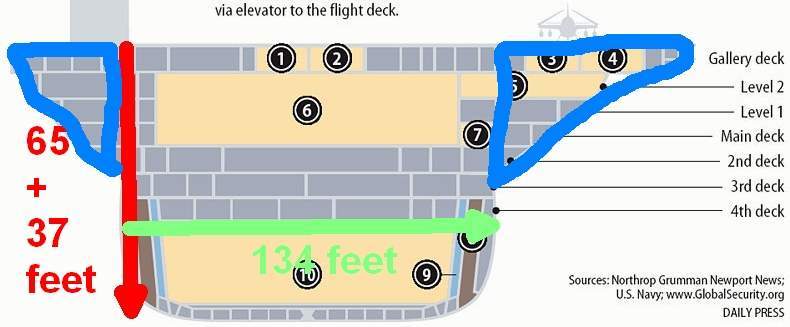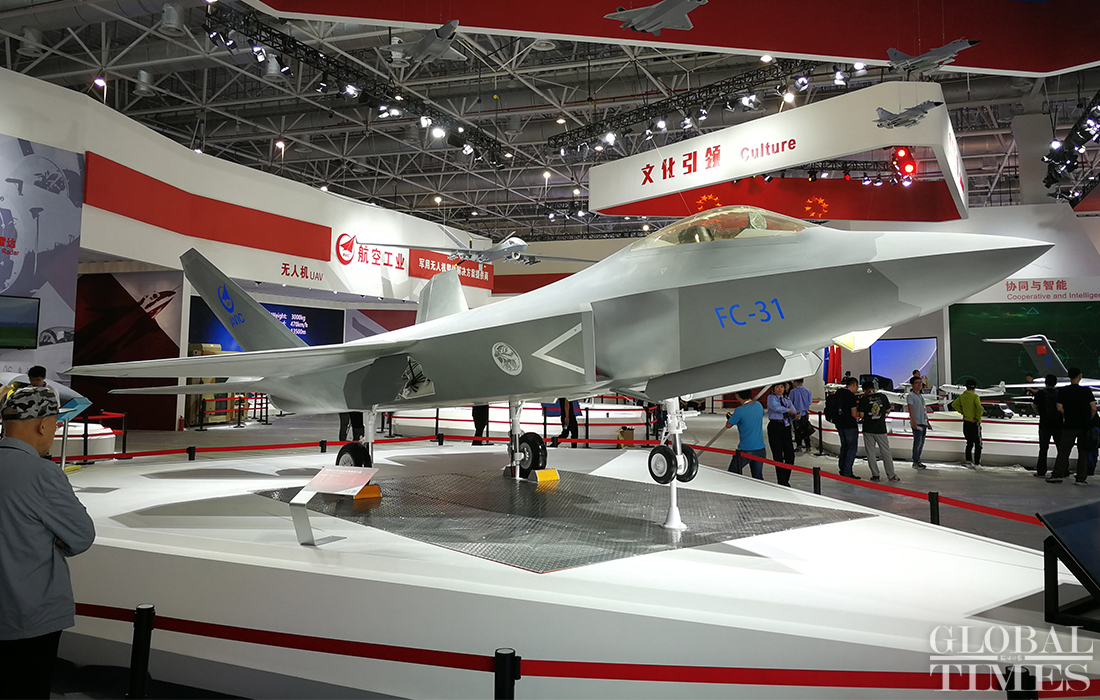The first tangible evidence that navalized FC 31 is now being built via JSCh They issue tender for naval warfare component via akasa
Here's a link to all the mentioned military tenders put out by SAC:
There are a lot of them. This may be the first official hint that the 601 Institute has bagged the naval fighter tender.
China’s medium-sized stealth fighter jet FC-31 may be deployed on future aircraft carriers: sources
By Liu Xuanzun Source:Global Times Published: 2019/1/1 15:45:24
A model of an FC-31 fighter jet is displayed at Airshow China 2018 in Zhuhai, South China's Guangdong Province. Photo: Yang Sheng/GT
China's future aircraft carriers will see stealth warplanes on their decks, likely the medium-sized fighter jet FC-31, said Chinese military experts as the People's Liberation Army (PLA) is procuring stealth parts for China's aircraft carrier-based fighter jet manufacturer.
Shenyang Aircraft Design Institute is in need of an integral unit for photoelectric target acquisition that is stealth capable, according to a notice the PLA weapon and equipment procurement website weain.mil.cn released on Thursday.
The notice also said that the unit must be able to operate against naval targets and capable of monitoring humidity.
Judging from the stated requirements and previous rumors, Chinese military observers said that the parts mentioned in the procurement are very likely to be used on China's new aircraft carrier-based stealth fighter jets although the notice did not specify how the parts will be used.
Having already designed China's current aircraft carrier-borne fighter jet J-15, Shenyang Aircraft Design Institute is developing a new carrier-based warplane based on the FC-31, a Chinese military insider, who asked not to be named, told the Global Times.
The FC-31 is a fourth generation medium-sized stealth fighter jet originally intended for export. Chinese military experts said that the PLA procurement notice suggests the FC-31 is no longer export-oriented, and is destined for domestic military service.
The FC-31 made its public debut flight at
in Zhuhai, South China's Guangdong Province, but went relatively quiet after that.
Multiple changes and upgrades are being made to the FC-31 allowing it to be used on an aircraft carrier, the insider said.
China's third aircraft carrier, which was confirmed to be under construction by the Xinhua News Agency in November and is widely expected to be equipped with an electromagnetic catapult, will use the stealth fighter jet, predicted Wang Yunfei, a naval expert and retired PLA Navy officer.
The single-seat, twin-engine fighter jet will greatly expand Chinese aircraft carrier battle groups' capabilities just as China's most advanced stealth fighter jet the J-20 did for the PLA Air Force, the anonymous insider said.
"Only a fourth generation fighter jet can stand up against another fourth generation fighter in an engagement without being at a significant disadvantage," he said.
The US-made fourth generation fighter jet F-35B and F-35C are capable of operating on aircraft carriers, and Japan is planning to upgrade its Izumo-class helicopter destroyers into aircraft carriers, equipping them with imported F-35Bs.



